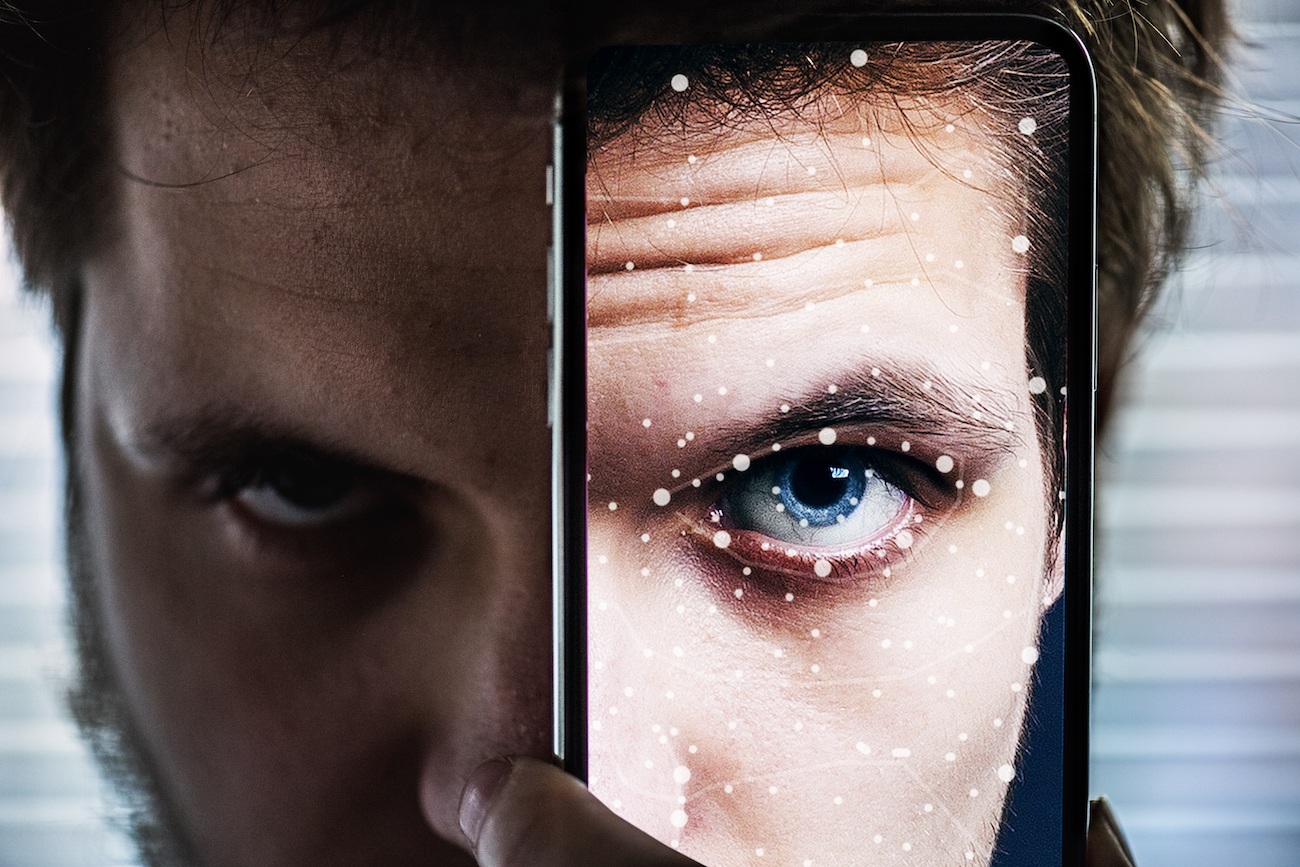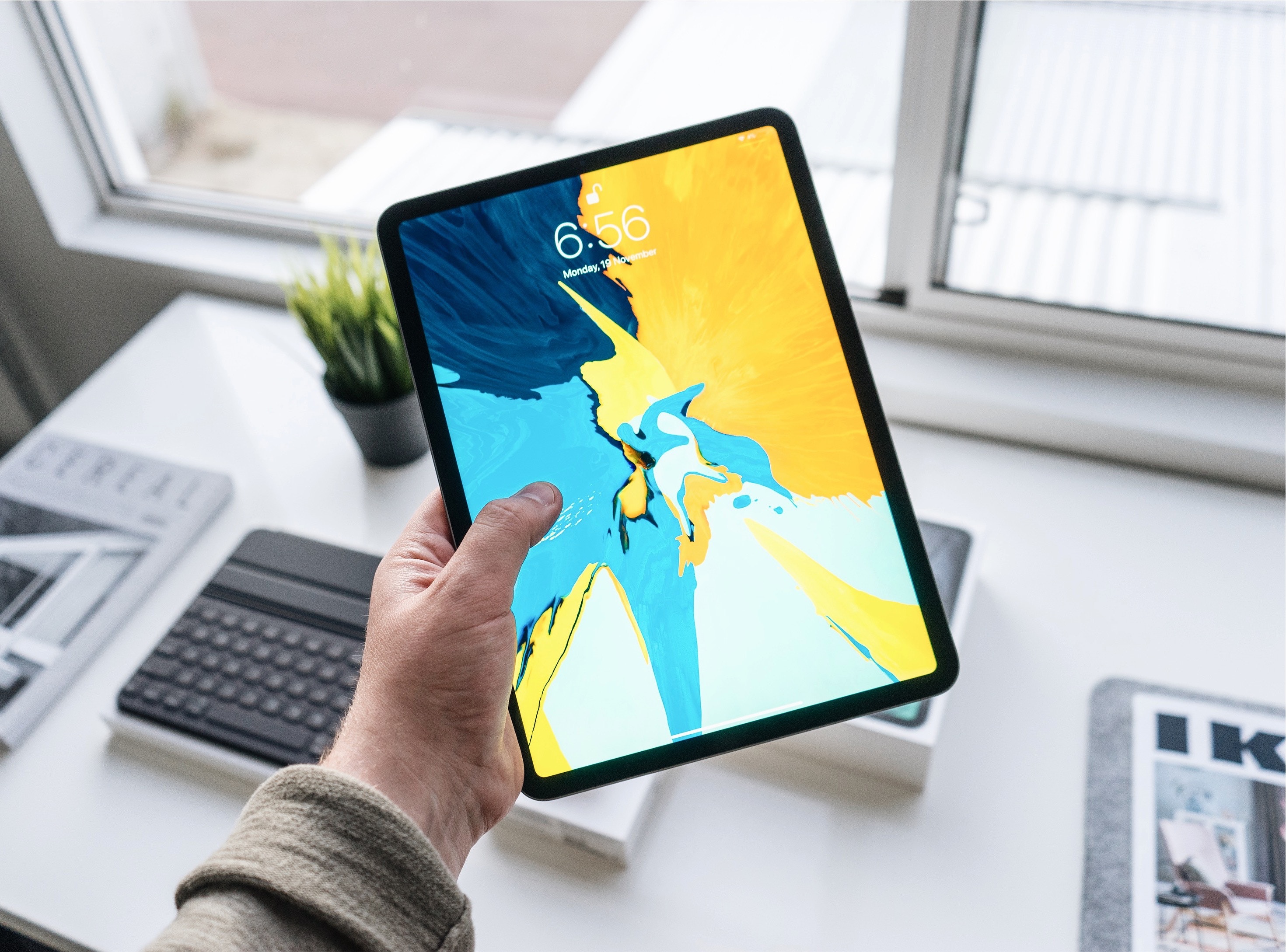Apple first introduced the biometric recognition technology Face ID with the iPhone X in 2017. The facial recognition in the iPhone and iPad is considered the best - but it also seems to have a weak point.
Can Face ID be outsmarted? In short - with a lot of effort in some cases, yes. When Apple introduced Face ID, a lot of money was put into cracking the technology. According to Cupertino, the chance of a random person unlocking the system is one in a million. With Touch ID, things are a little different - here the chance is around 1 in 50,000. Over time, cyber security experts have been able to outsmart Apple's system with the help of specially made 3D masks. However, the effort was huge and not always successful. There were exceptions with twins - but on the whole, Face ID is considered to be particularly secure. Now, however, a method has been published that makes it a little easier to deceive the facial recognition in iPhones and iPads - all you need is glasses and adhesive tape. However, the prerequisite for a successful break-in is the owner's face - so not so easy after all, is it?
"Attention testing" in focus
A report by ThreatPost According to security researchers at the Black Hat Security Conference presented a new vulnerability in Face ID - the focus was on the "attention check". If the feature is activated, the system checks whether the user is real or is wearing a mask or something similar before unlocking - a look into the camera is required. If the eyes are closed, the device remains locked. This function makes Face ID what it is today - the most secure biometric recognition technology in smartphones. But there is one exception. The security researchers have discovered in several tests that the system changes its scanning process as soon as glasses are involved. These prevent the extraction of 3D information from the eyes. Face ID is then satisfied with less. The system just wants to make sure that the eyes are open, which is why it chooses a black dot to verify that the eyes are open.
This is where the "X-glasses" come into play. The glasses are covered with black tape that has two small holes in the middle - the iris. If you put these glasses on an unconscious person and hold the iPhone in front of their face, the device unlocks immediately and grants the intruder access - the tape simulates the eyes behind the glasses and the holes in the tape simulate the iris. This method would also enable authentication for purchases and the like. According to the researchers, Apple would have to add further elements for biometric verification to prevent something like this from happening in the future. Despite the vulnerability, there is little cause for concern - the victim would have to be at least unconscious to be tricked by this method. Apple AirPods with wireless charging case on special offer on Amazon (Photo by Halfpoint / Envato Elements)





